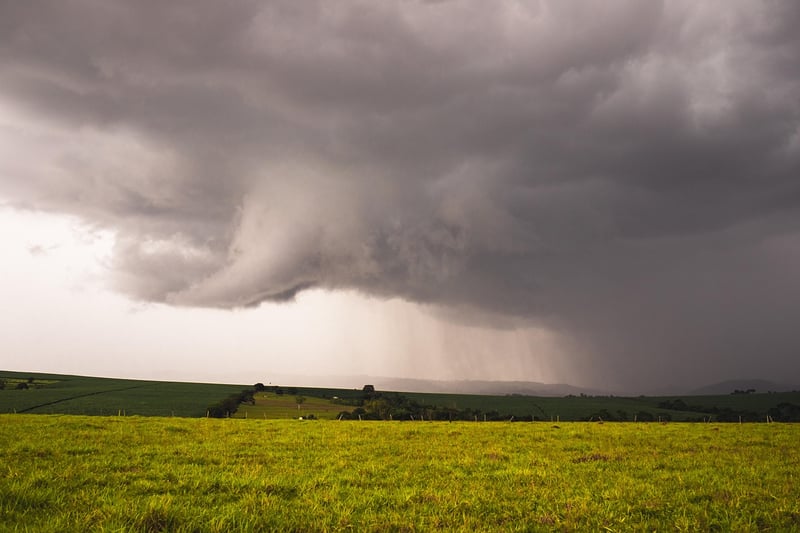Temporal Loops
Unraveling the Fabric of Time: Exploring Temporal Loops

Time, a concept that has intrigued philosophers, scientists, and storytellers alike, is a fundamental aspect of our existence. The idea of temporal loops, where events in time loop back on themselves, has captured the imagination of many and sparked numerous discussions about the nature of reality.
What are Temporal Loops?
Temporal loops, also known as closed timelike curves, refer to a phenomenon where an event in the timeline of a fictional or theoretical universe repeats itself endlessly. This concept challenges our traditional understanding of time as a linear progression from past to future.
Examples of Temporal Loops in Fiction
Temporal loops have been popularized in various forms of media, including movies, TV shows, and literature. One famous example is the movie "Groundhog Day," where the protagonist relives the same day repeatedly. Another well-known example is the TV series "Dark," which delves into complex temporal loops spanning generations.
Theoretical Considerations
In theoretical physics, the possibility of temporal loops is a subject of much debate. Concepts like wormholes, black holes, and time travel theories such as the grandfather paradox often intersect with discussions about the feasibility of closed timelike curves.
Implications and Paradoxes
The existence of temporal loops raises intriguing questions about causality, free will, and the nature of existence. Paradoxes like the bootstrap paradox, where information or objects exist without origin, add layers of complexity to the concept of temporal loops.
Conclusion
While the idea of temporal loops remains a fascinating and speculative concept, it serves as a reminder of the mysteries surrounding time and the boundless nature of human imagination.
Explore the enigmatic realm of temporal loops and unravel the fabric of time in your own contemplations and reflections.
